Imagine slicing through the ocean at over 80 miles per hour, leaving a trail of silver bubbles in your wake, outpacing even the fastest of predators and prey. The black marlin, a fish cloaked in shimmering armor and driven by untamed energy, does just that. This astonishing creature isn’t just the fastest swimmer in the sea—it’s a living testament to evolutionary ingenuity. With each powerful thrust of its crescent-shaped tail, the black marlin demonstrates the brilliance of nature’s engineering, captivating scientists and adventurers alike. But what exactly gives this aquatic speedster its edge? Let’s dive into the secrets behind the black marlin’s breathtaking speed and its status as a true hydrodynamic marvel.
A Record-Breaking Speedster: Setting the Ocean’s Pace
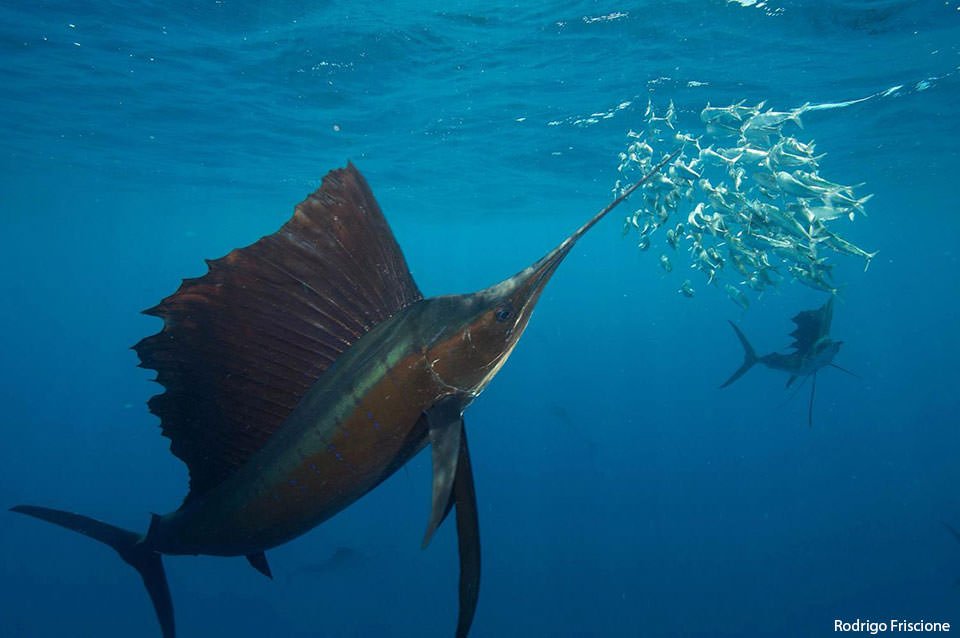
The black marlin is renowned for its jaw-dropping speed, which has been clocked at an astonishing 82 miles per hour (about 132 kilometers per hour). This makes it the fastest swimmer among all fish, easily outpacing other quick marine animals like the sailfish and swordfish. Such velocity is not just a fun fact—it’s a matter of survival, enabling the marlin to chase down swift prey and evade large predators. These bursts of speed are short-lived but explosive, propelling the marlin forward like a torpedo. For those lucky enough to witness a black marlin in action, the sight is nothing short of mesmerizing, as the fish seemingly bends the laws of physics to its will.
Streamlined to Perfection: The Science of Hydrodynamics

The secret to the black marlin’s speed lies in its perfectly streamlined body, which reduces drag as it moves through water. Its fusiform (torpedo-shaped) physique allows water to flow smoothly around it, minimizing turbulence and resistance. The marlin’s skin is covered in tiny, overlapping scales that further reduce friction, while its long, pointed bill slices effortlessly through the water. This remarkable design means that nearly all the energy the marlin expends goes into forward motion, rather than being wasted in battling water resistance.
Muscular Powerhouse: Built for Speed
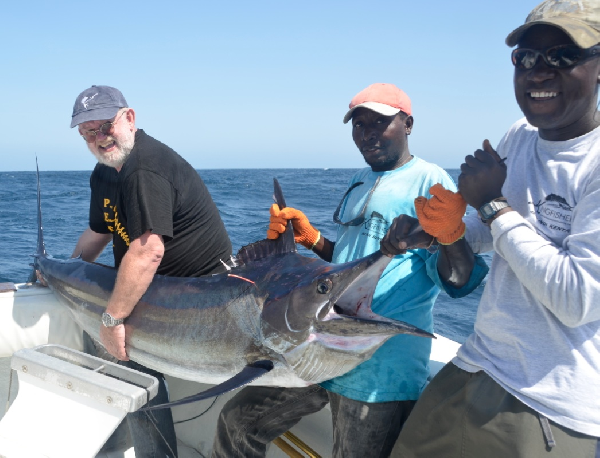
Beneath the marlin’s shimmering surface is a muscular system that’s nothing short of extraordinary. Its muscles are densely packed and specially adapted for rapid, powerful contractions, giving the fish explosive acceleration. Unlike many other fish, the black marlin’s muscles can generate energy quickly, fueling those dramatic bursts of speed. These muscles are also anchored to a flexible but sturdy backbone, allowing the marlin to whip its body back and forth with surprising force. It’s a bit like comparing a sports car’s engine to a family sedan—when it comes to raw power, the marlin is built for the racetrack of the sea.
The Sword-Like Bill: More Than Just a Weapon

One of the black marlin’s most distinctive features is its long, pointed bill, often mistaken as merely a weapon. However, this “sword” serves a crucial hydrodynamic purpose. It channels water smoothly over the marlin’s body, further reducing drag. Recent studies suggest the bill may even create micro-turbulence, which helps break up water flow and lessens resistance. In action, the marlin uses its bill to slash at schools of fish, stunning or wounding prey before devouring it. This dual function of attack and streamlining is a brilliant example of nature’s multitasking design.
Supercharged Fins: Control and Stability
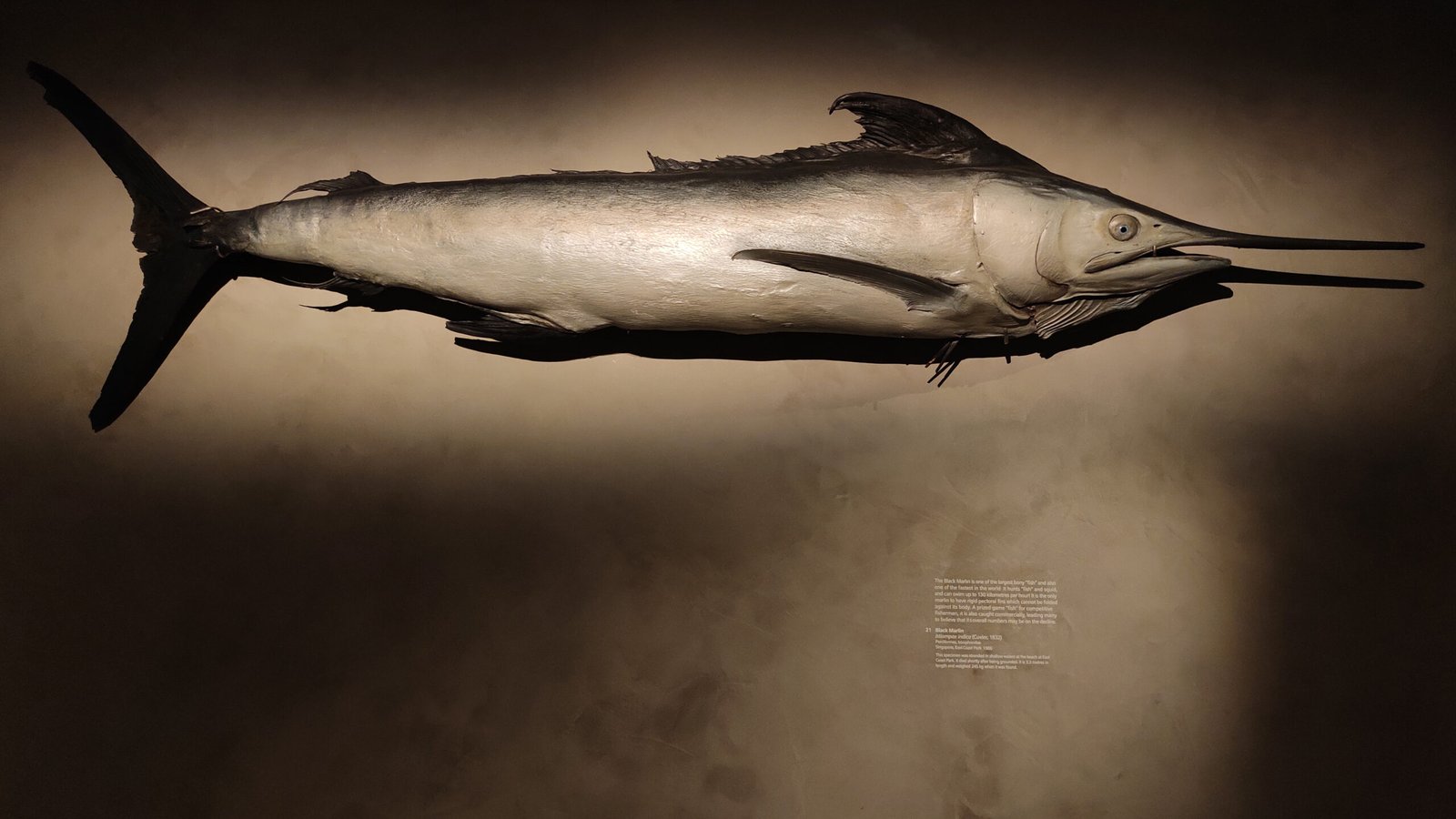
The black marlin’s pectoral and dorsal fins aren’t just for show—they play a vital role in steering and stability at high speeds. These fins can be folded flat against the body to reduce drag when the marlin accelerates. When the fish needs to make quick turns or sudden stops, the fins flare out, acting like brakes or rudders. This combination of retractable and deployable fins gives the marlin unmatched control, letting it chase agile prey through complex underwater environments. The adaptability of its fins is akin to the adjustable wings of a fighter jet, always ready for the next maneuver.
Breathing at Full Throttle: A Master of Oxygen Uptake
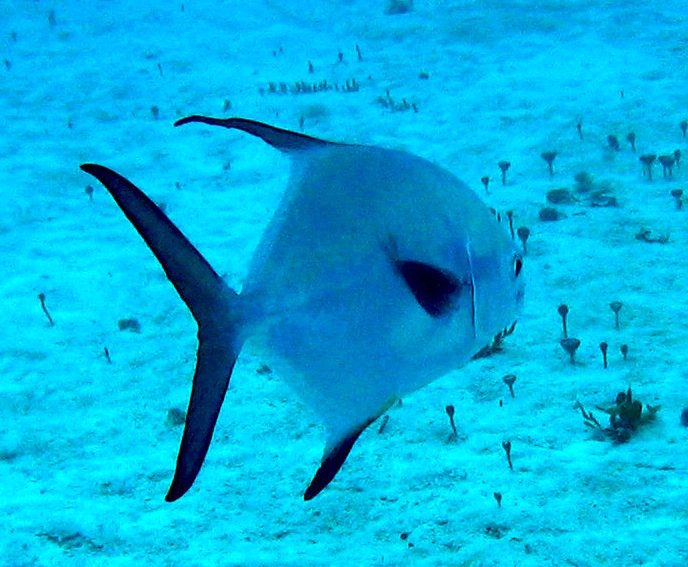
To sustain such high-speed activity, the black marlin needs a lot of oxygen. Its gills are exceptionally large and efficient, allowing the fish to extract oxygen from water rapidly, even during bursts of intense activity. The marlin’s circulatory system is also highly developed, quickly delivering oxygen-rich blood to its hardworking muscles. This efficient breathing system ensures the fish doesn’t tire easily, even during long chases or sprints. It’s one reason why marlins can leap and dive repeatedly without showing signs of fatigue.
The Role of Warm-Bloodedness: Keeping Muscles Primed

Unlike most fish, the black marlin can regulate the temperature of certain muscles, keeping them warmer than the surrounding water. This adaptation, known as regional endothermy, means the marlin’s muscles stay flexible and responsive, even in colder waters. Warmer muscles work faster and more efficiently, contributing to the marlin’s explosive speed. It’s a bit like pre-heating an engine before a race—everything is ready to go the instant speed is needed. This rare trait is shared only by a few other fast-swimming fish, underscoring its evolutionary advantage.
Predator and Prey: The Ultimate Ocean Hunter
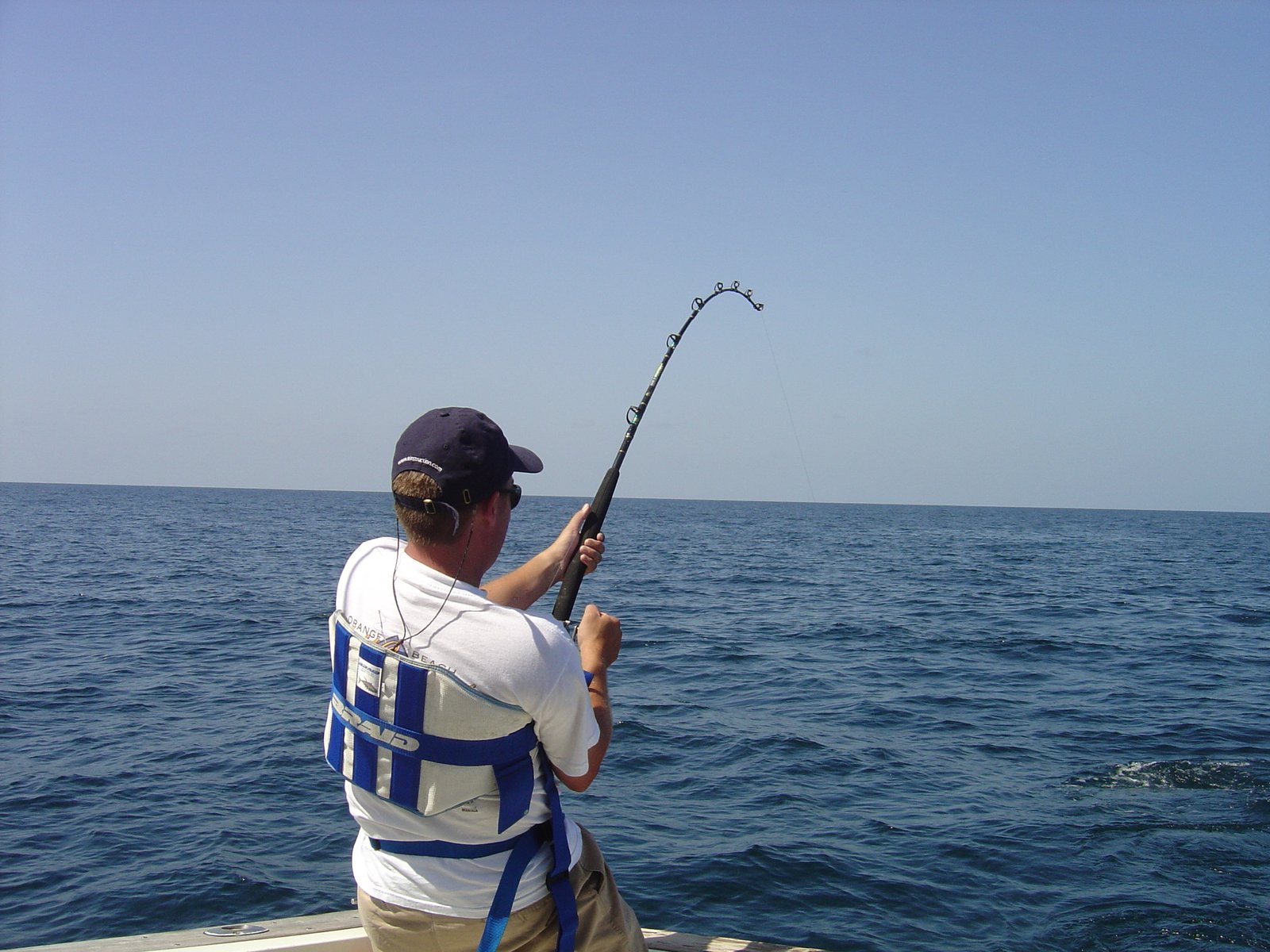
Speed isn’t just for show—the black marlin uses its velocity to hunt some of the fastest and most elusive prey in the ocean. It targets schools of mackerel, tuna, and squid, darting in with sudden bursts to snatch its victims. Its sharp eyesight and quick reflexes make it a fearsome predator, often outsmarting and outpacing its quarry. Watching a black marlin hunt is like witnessing a high-speed chase on the open ocean, where every millisecond counts. This relentless pursuit of prey is both a spectacle and a reminder of the unforgiving nature of ocean life.
The Marlin’s Leap: Aerial Acrobatics
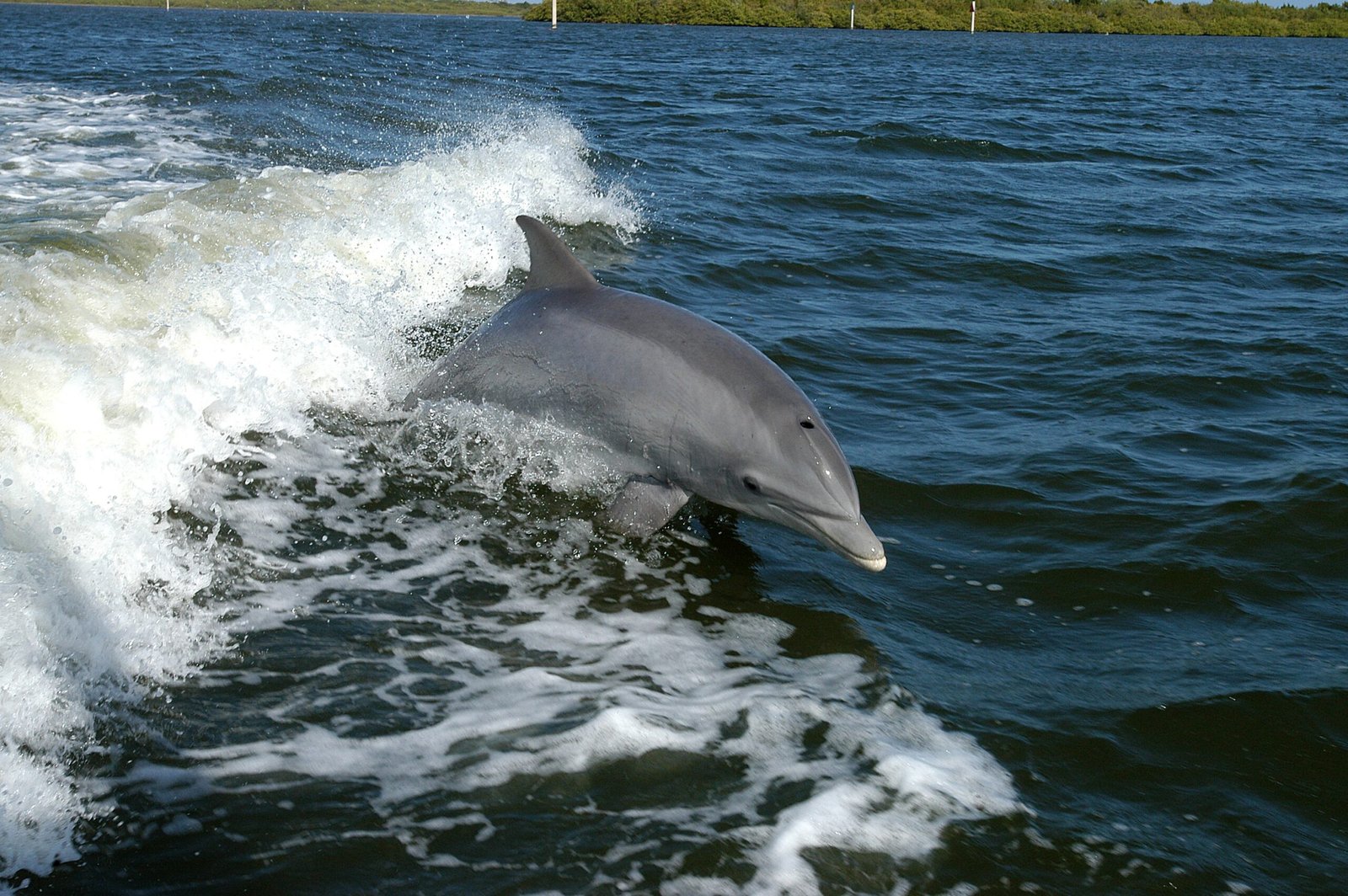
One of the most breathtaking sights in the ocean is a black marlin leaping clear out of the water, sometimes reaching heights of several meters. These leaps, known as breaching, are not just displays of strength—they’re strategic maneuvers to dislodge parasites, escape predators, or stun prey. The sheer force required to launch a massive fish into the air speaks volumes about the marlin’s power and agility. For many fishermen and wildlife enthusiasts, witnessing a marlin breach is an unforgettable moment that captures the wild beauty of the sea.
Legends of the Sea: Inspiring Awe and Adventure
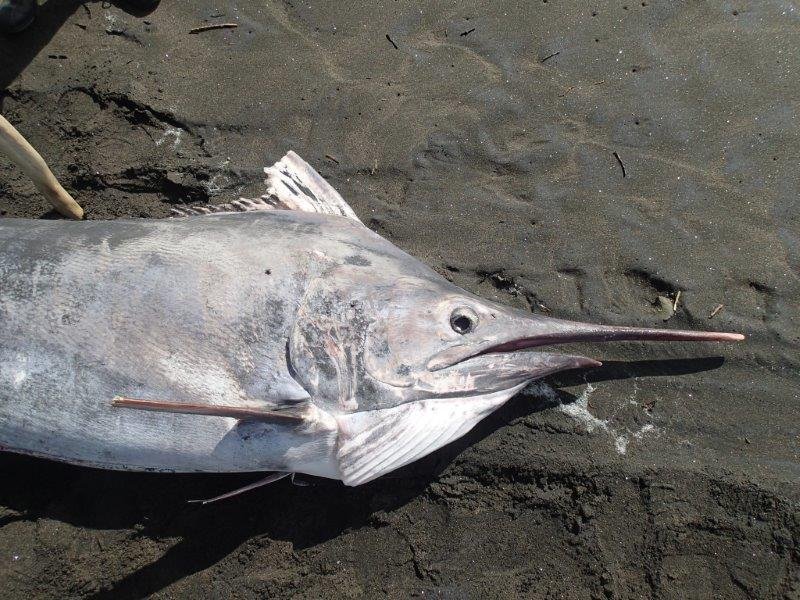
The black marlin isn’t just a marvel of biology—it’s a creature that has inspired myths, legends, and endless fascination among humans. Fishermen tell tales of epic battles with these giants, describing the sheer force and indomitable spirit of the marlin as it fights for freedom. Scientists study it to unlock secrets of speed, efficiency, and adaptation. Even artists and writers have been moved by its silhouette slicing through the waves. The black marlin’s legacy is as much about human wonder as it is about evolutionary success.
The Future of the Black Marlin: Challenges and Conservation
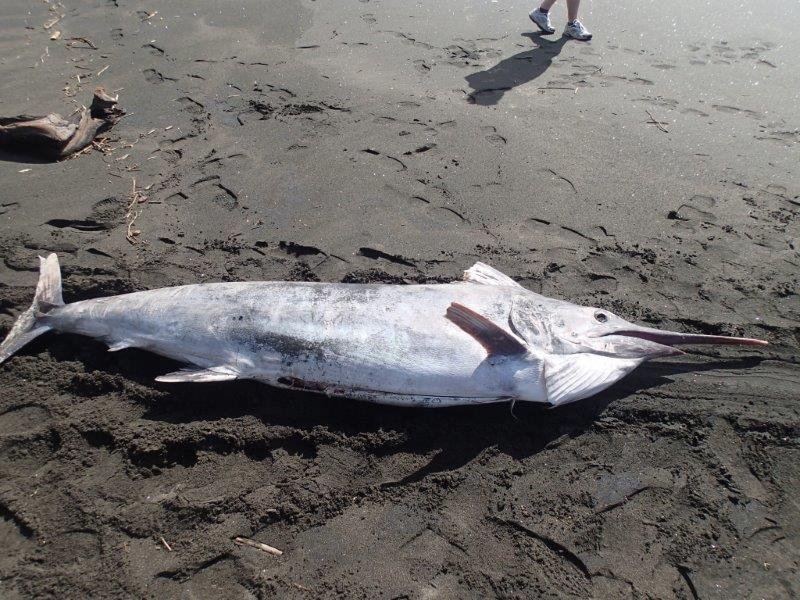
Despite its power and speed, the black marlin faces growing threats from overfishing, climate change, and habitat loss. These challenges put pressure on marlin populations, making conservation efforts more important than ever. Scientists and conservationists are working to protect these magnificent creatures through better fishing regulations and marine reserves. The fate of the black marlin is a stark reminder that even the fastest, most perfectly adapted animals are vulnerable in a changing world.
Nature’s Hydrodynamic Masterpiece
The black marlin’s unmatched speed, power, and grace make it a true hydrodynamic marvel. Every aspect of its anatomy, from its streamlined shape to its supercharged muscles, works in harmony to achieve what seems almost impossible in the watery world it calls home. The marlin stands as a living example of nature’s ability to craft perfection through evolution, leaving us to marvel at what it means to be the fastest swimmer in the sea. Is there any other creature that captures the spirit of the ocean quite like the black marlin?



